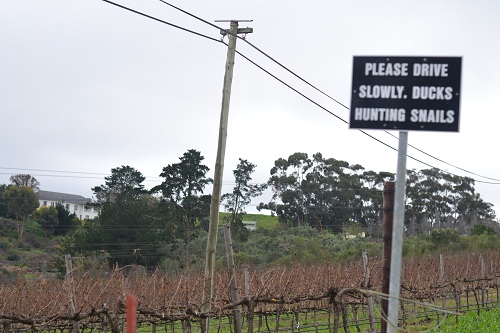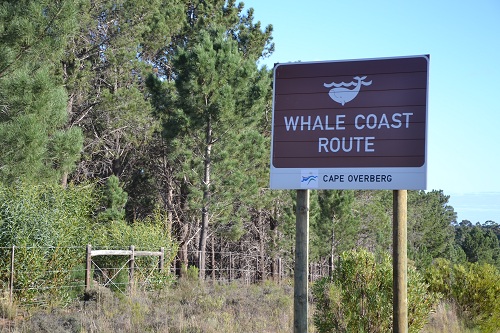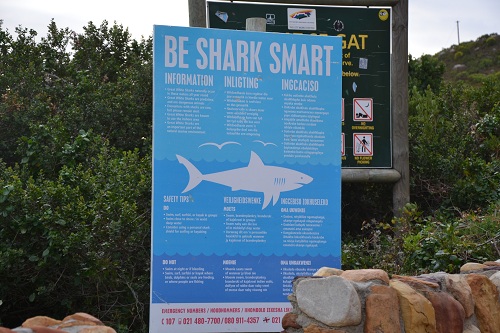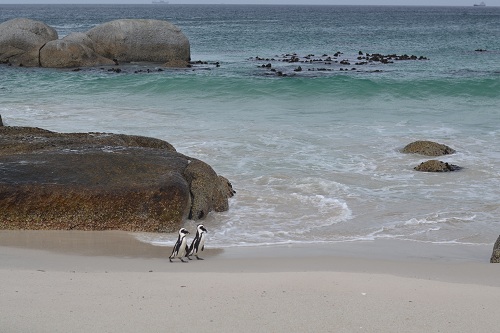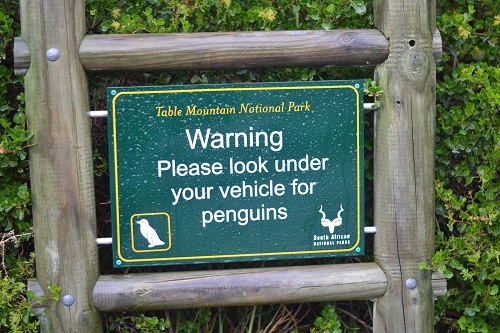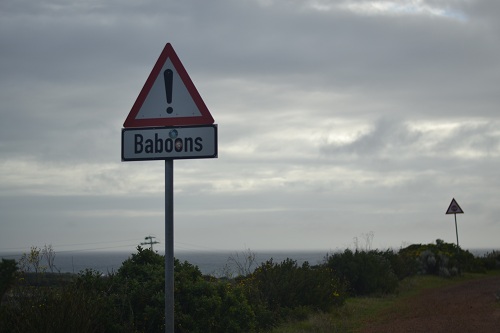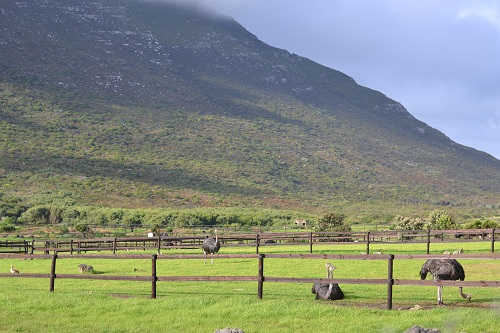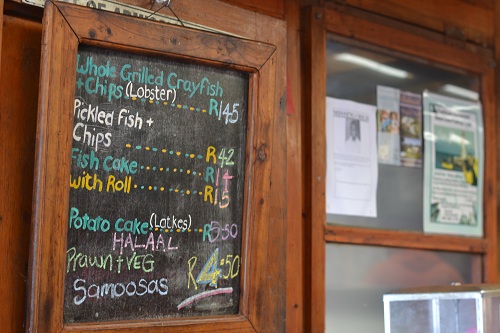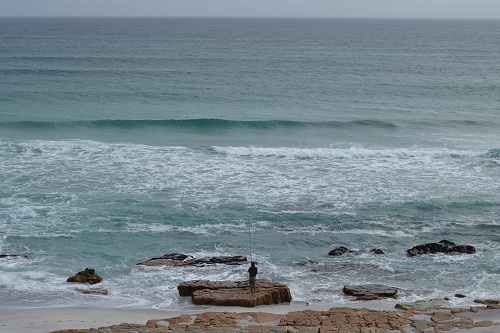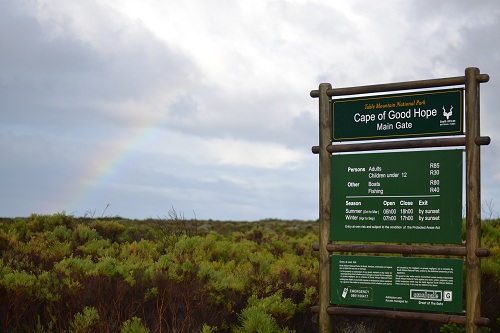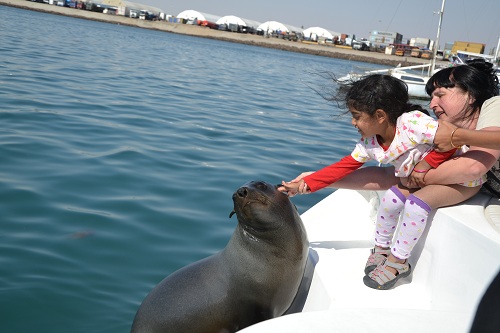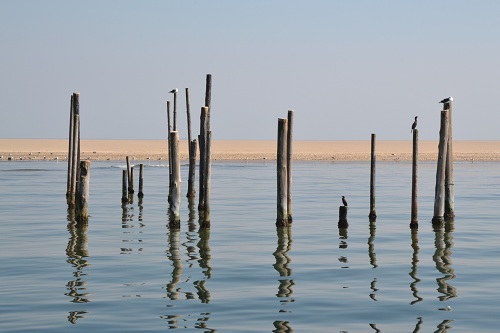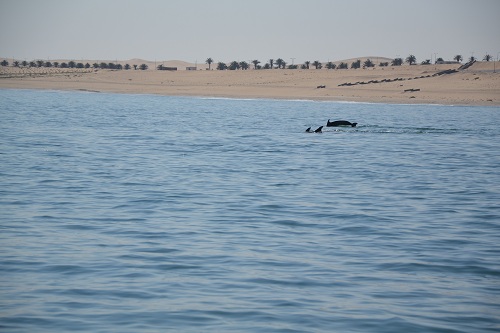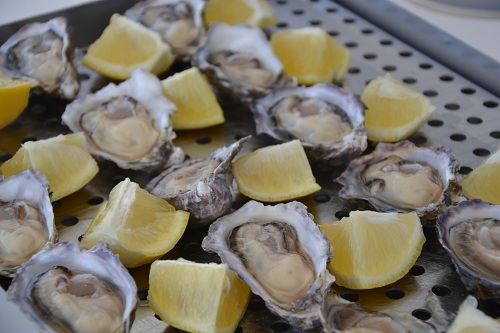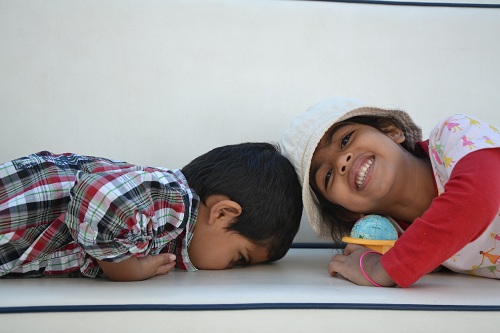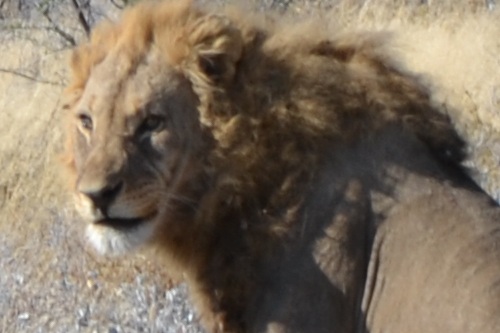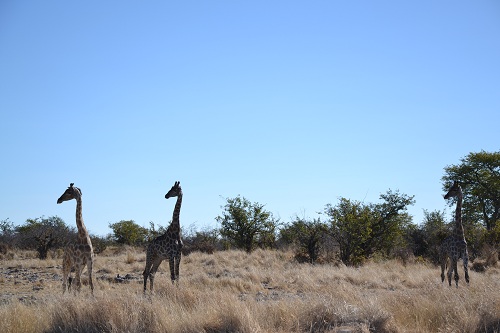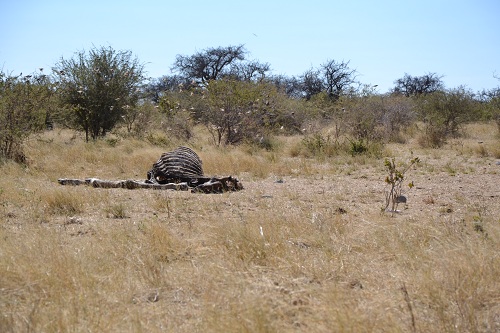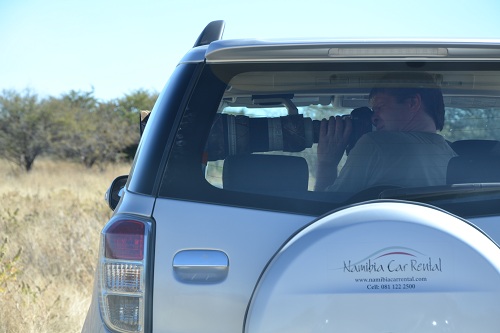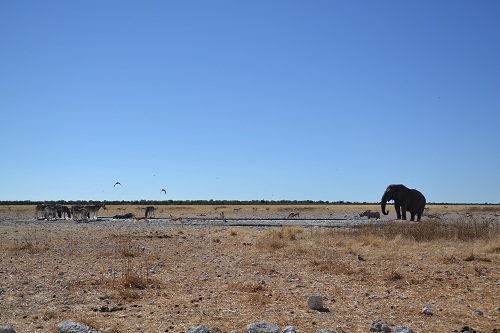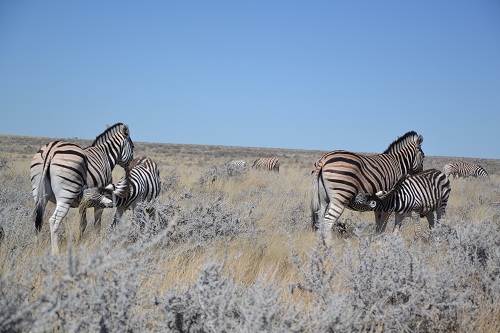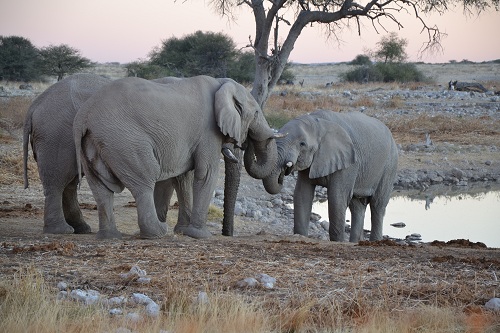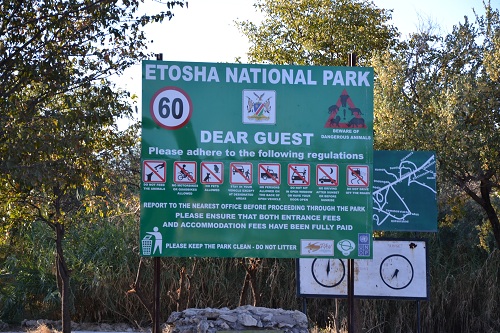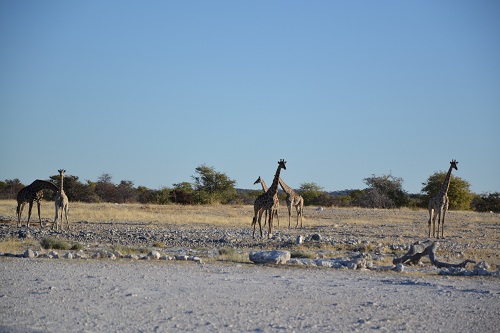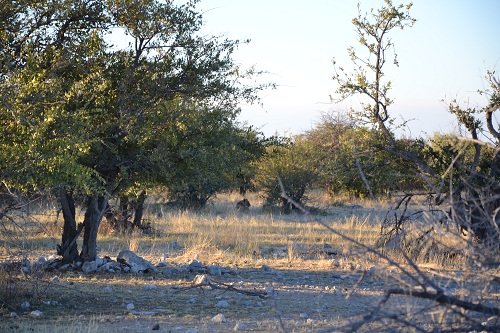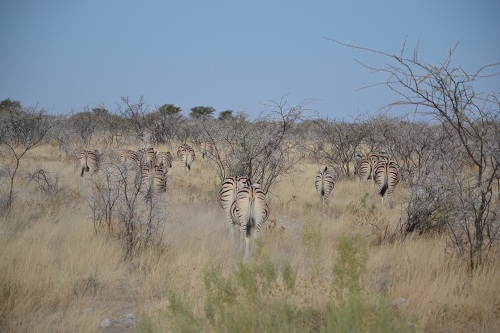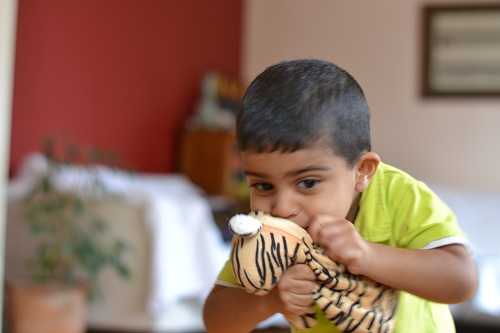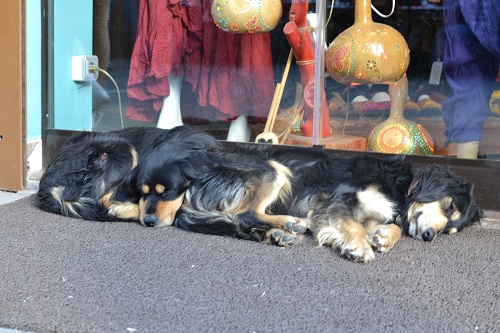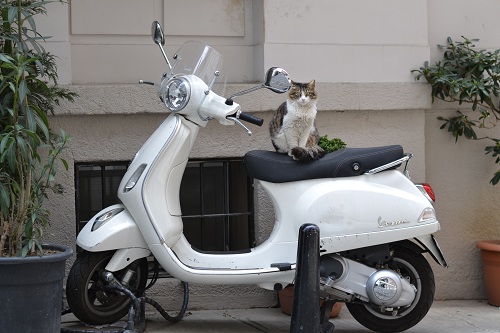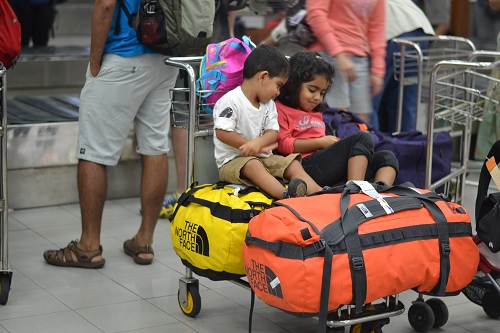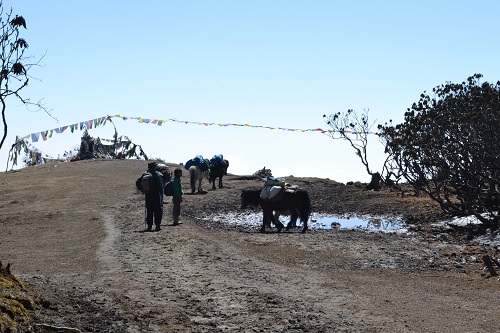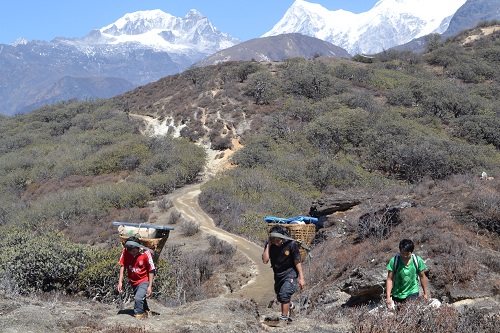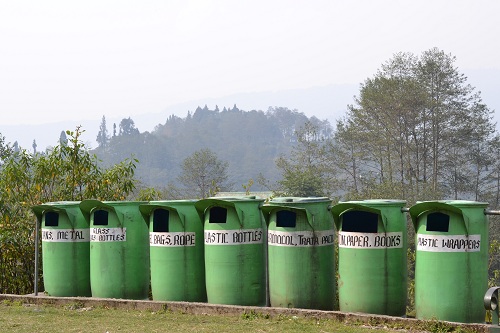One of the best things about being in Cape Town during the winter months is the ability to stand on shore and watch Southern Right Whales. We did this at Hermanus, which claims to have the best land-based whale watching in the world. Southern Right Whales got their names because they were considered the right whales to hunt. They are slow and float when dead, making them easy to kill and haul. Their unfortunate nature led to their near extinction. However, several conservation efforts in addition to the 1986 ban on commercial whaling have enabled whales to make a come back. Standing on the shores of Hermanus, you would never know that whales are endangered. A keen eye will spot several distinct v-shaped blows out of the water, along with dark flippers, tails and heads.
We were so impressed by what we could see from land that we decided to take a whale tour and find out what awaits on the wide open Atlantic. I’ll spare you the details but, during our three hour trip, Ava and I saw more of the insides of paper bags than we did whales. I went on to the deck thinking fresh air would help. It didn’t. I have never felt sea-sick before. We spent an entire day on an ocean safari in Namibia and none of us had any issues. Just as I began analyzing what made this boat ride different, I saw who was behind the wheel in the cabin.
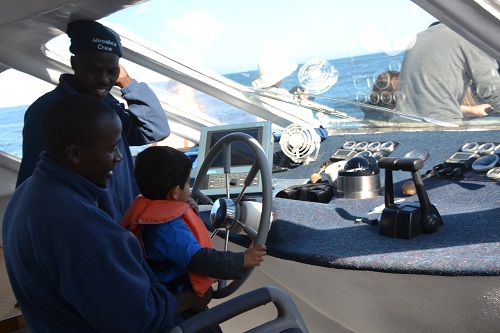
While our two-year old was driving, a two-year old humpback was below the boat making his own waves. In addition to several whales we saw in the distance, we (by that I mean those of us whom were not stuck in paper bags) saw a few whales up close and personal. They were very playful and curious about our boat. We learned that the motor sounds like a heartbeat to them, so the younger whales spend some time trying to get acquainted with the strange sea creature. Southern Right Whales are identified by their characteristic white markings. They also accumulate barnacles, which they try to rub off along the shoreline. This is one of the reasons why they are easy to spot closer to shore than other whales.
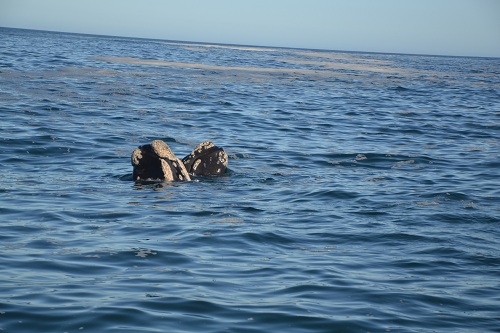
Just as I was muttering about how I saw more whales on shore than on the boat we were back on terra firma. We opted to wait out the rest of the day on land, where a gorgeous sunset provided the ideal backdrop to watch whales playing in the far distance.
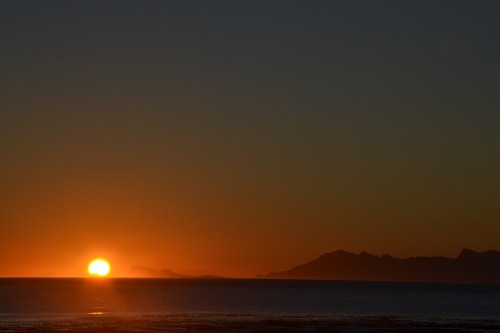
This was the first experience on our journey where our family had very a divided reaction. Sandeep and Kayan loved the trip. Sandeep was racing in and out of the cabin, up and down the stairs, eager to see each and every movement up close. Kayan was busy entertaining the crew with his rendition of “All the Single Ladies” and his mad driving skills. Ava and I wished we had stayed on shore and enjoyed the whales over a picnic. Either way, one thing is certain. You can’t go wrong whale watching in Hermanus. On shore watching is easier on the stomach and allows you to watch the whales in nature. A boat gets you up close if you have the stomach to watch.
